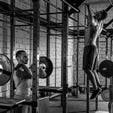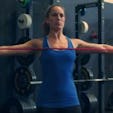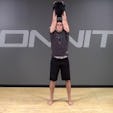CrossFit Shoulder is an anterior tilt of the scapula, or anterior resting position of the humeral head commonly seen in CrossFit athletes as a result of poor movement, over programming, and a diet of common movements that feed the position: Bar Muscle Ups, Ring Muscle Ups, Dips, TNG Snatch, etc.
What is CrossFit Shoulder?
“Most people have good control over mid ranges of a muscular motion. They have poor control over the long range and poor control of the short range.”
– Dr. Andreo Spina
Just to be clear, an anterior tilt of the scapula is not bad. It’s only bad when it occurs during a movement where it shouldn’t — a sign of poor control. Look no further than gymnasts for proper use of the anterior tilt of the scapula — but also note they have great control over large ranges of the shoulder. A common problem with coaching Type A CrossFit athletes is step skipping. Everyone wants what gymnasts have but few are willing to do the boring shit necessary to earn it.
You don’t need fancy contraptions or expensive videos — just focus on the basics. With our athletes, control exercises are always done in the warm-up, early in the session. This helps identify problems early and if we need to do some kind of performance therapy to achieve a desired position, this allows us time to get it in.
These exercises are also key for the athlete to “feel” positions and support dialogue when it comes to the athlete self-reporting to the coach how they feel. Feel is such a simple concept, but I classify all control exercises under this umbrella. We want the athlete to feel either the humeral head sit posteriorly or feel the scapula move to specific positions depending on the exercises used.
Exercise List
Demos will be up on our instagram account this week.
● Scap Pull up —- Scap Pull up w/ rotation — Alternating Scap Pull up
● Scap Push up (varying Positions)
● Inverted Shoulder Elevation & Depression
● Inverted Shoulder Protract & Retract
● Side Lying Thoracic Rotations
● Bear Crawls (Forward/ Back) — Lateral Bear Crawls
● Pike Walks
● Bottoms up KB Press — Half Kneeling — Standing
● KB Supine Internal & External Rotations (light)
● KB Armbar (light)
● KB Half Kneeling Windmills (light)
Strength Endurance
The standard in CrossFit programming is to strengthen the shoulder using these three exercises:
1. Trap 3 Raises
2. Powell Raises
3. External Rotations
The goal is to achieve balance, which is accomplished by doing 8 reps of the above exercises at 10% of your 1RM Close Grip Bench.
I too started here, but found loading in this manner wasn’t specific enough for the musculature of the shoulder. In many cases, loading exercises relatively “heavy” (Ex: 285lbs 1RM Bench = 28 pounds for Trap 3, Powell Raises, and External Rotations) only strengthened bad movement. Not because of the exercises themselves, but the combination of load and the constant movement onslaught brought on by the nature of CrossFit — movements under fatigue.
Fatigue decreases proprioception (joint position) as well as optimal breathing mechanics during movement. If workouts are over-programmed it may create large movement variances day to day. Therefore great movement during a general preparation phase when testing shoulder strength could potentially be long gone a week into a more demanding preparation phase. Over time, without proper programming, movement, or performance therapy, compensations will occur making the metabolic price of movement more expensive and increasing the risk for injury.
This is not to say we don’t use the exercises –Trap 3, Powell, External Rotations. We do, but with the focus on improving endurance with light weight — more specific to the fiber type being trained with the goal of accumulating more quality reps (20+ per set).
Regular conditioning of the shoulder complex and the daily control exercises seem to have a synergistic effect — but the most important component that’s threaded through both is movement quality.
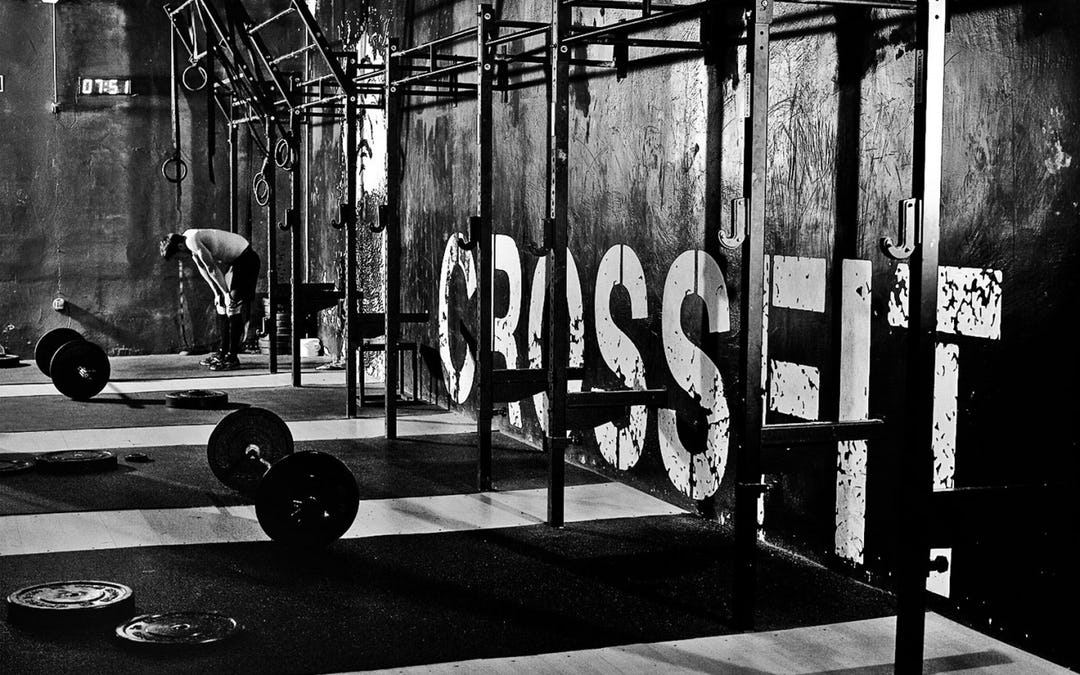

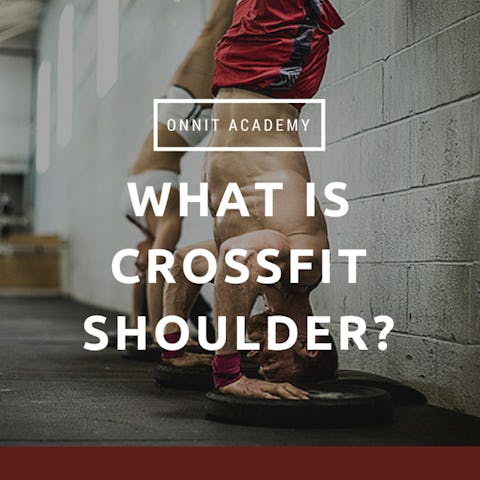
)
